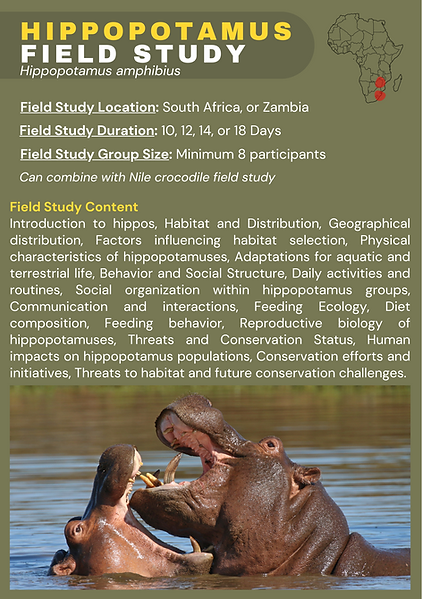


















GIRAFFE RESEARCH
Dates: TBC
Location: KwaZulu-Natal, South Africa
Max Numbers: 15 per research project
Giraffe are quietly heading for trouble and are not always seen as a species in need of help. However, three of the nine subspecies of giraffe are currently listed as Critically Endangered or Endangered on the latest IUCN Red List. The Reticulated, Thornicroft’s and West African giraffes are also listed as endangered or vulnerable. The Kordofan and Nubian giraffes are currently just one stage away from extinction in the wild. Habitat loss, traffic collisions, civil wars increasing trafficking, disease and giraffe bone replacing elephant ivory in the global trade market are all factors that negatively impact giraffe populations.
In our Cape Giraffe research project, we use photographs to build a comprehensive database of individuals in the remote area of the Tugela River Valley, KwaZulu Natal, South Africa, using their unique patterns (also known as pelages). Identifying individuals in this way is an effective, non-invasive method to assess population size, group dynamics and dispersal. These techniques need to be developed and tested on a more abundant sub-species before it can be applied to endangered, fragile populations. That’s where we come in!
We also focus on gathering information on the habitat use and foraging behaviour of our giraffe. So far, we have observed interesting behaviours such as osteophagy - or eating bones. This is thought to be a method of obtaining more calcium in their diet, and begs the question; how reliant on bones for extra calcium are giraffe? Does this behaviour yield large enough benefits that, if in areas where carcasses are removed by humans, this negatively impacts more vulnerable populations? We have also started to notice signs of skin lesion disease in our local animals; it’s therefore vital to continuously monitor the effect this has on our populations - made possible with our photographic technology.
Participants will operate from a field camp, on foot, gathering data and samples in the field and collating findings in our field laboratory. Information gathered during the project will be used to aid in the conservation of Giraffe in the immediate area and will be shared with the broader scientific community with the possibility of applications to more vulnerable giraffe subspecies.
The Africa Wild Trails Cape Giraffe Conservation Field Study will be led by local ecologist, Dr Peter Calverley, and Africa specialist venture leader Angus Wingfield of Africa Wild Trails.


NILE CROCODILE RESEARCH
Dates: TBC
Location: KwaZulu-Natal, South Africa
Max Numbers: 15 per research project
Nile crocodile populations underwent severe declines until 1983 due to global trade of crocodile-skin products. Since the introduction of commercial crocodile ranches in South Africa, wherein the reptiles are bred specifically to meet the demand for products, began to allow the restoration of wild populations. Wild nile crocodiles are also currently listed under Appendix I of CITES, which bans international trade (aside from extenuating circumstances). Although these protections are in place, wild populations are still vulnerable due to habitat loss, poaching and human/crocodile conflict.
As they are apex predators, crocodiles are invaluable to ecosystems as they act as “top-down control”; populations of their prey items, primarily fish, are controlled as crocs feed on them, - if crocs were to disappear, fish would have no main predator and undergo population booms, and all their prey would be eaten, which would cause even more instability further down the food chain. Essentially, top-down predators prevent entire ecosystems from collapsing. Crocs also act as an indicator for ecosystem quality; if crocodile populations are sick or in decline, it is a serious reflection on the health of their associated water bodies and other organisms in the food web.
However, due to their ranges overlapping with human populations they often pose a threat to local people and are thus widely regarded as our enemies. Perhaps for this reason, the motivation to protect nile crocodiles is lacking. If we can highlight the importance of crocs when determining effects of anthropogenic activity, such as urban development, on our environment, efforts to conserve wild populations will be encouraged.
This project aims to investigate the value of crocs as top-down control and indicators for system health. We study their thermoregulatory behaviours, which gives us valuable insight into how human development and encroachment on their ranges impacts their distributions. We also are looking to investigate the potential causes behind an emaciated population in the North-East of the KwaZulu-Natal province, which could be a suggestion of something a lot more serious affecting the entire surrounding ecosystem.
Participants will design conduct thermoregulatory studies on a captive population of nile crocodiles. Additionally, you will aid with population counts and body/environmental condition surveys to determine the cause of the emaciated population.
The Africa Wild Trails Nile Crocodile Conservation Field Study will be led by local ecologist, Dr Peter Calverley.




.png)
